TV Volume Too Loud On the Lowest Setting: 6 Effective Solutions
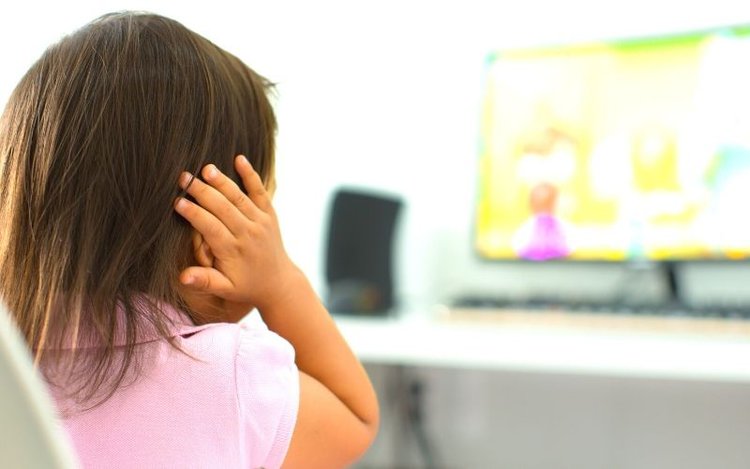
- Problems with the TV remote control or the ‘Automatic Volume’ feature being enabled can cause unusually loud audio at the lowest volume setting.
- A damaged volume control circuit or internal wiring issues in the TV might also result in the TV sounding too loud, even on the lowest setting.
- Other solutions include restarting the TV, manually updating its firmware, or using external speakers or soundbars for better volume control.
If the TV volume level is set one level above zero, the audio should be correspondingly low and not sound like it’s at level three or four on the audio volume scale.
But that is not always the case. So, what causes the issue? The following are things that cause your TV to sound too loud at the lowest volume setting:
- Impaired volume control circuit
- Broken internal wiring
- Defective remote control
- Automatic volume setting enabled
Read on for a detailed description of the causes and the solutions to the problems.
Quick Navigation
1. Faulty Remote Control
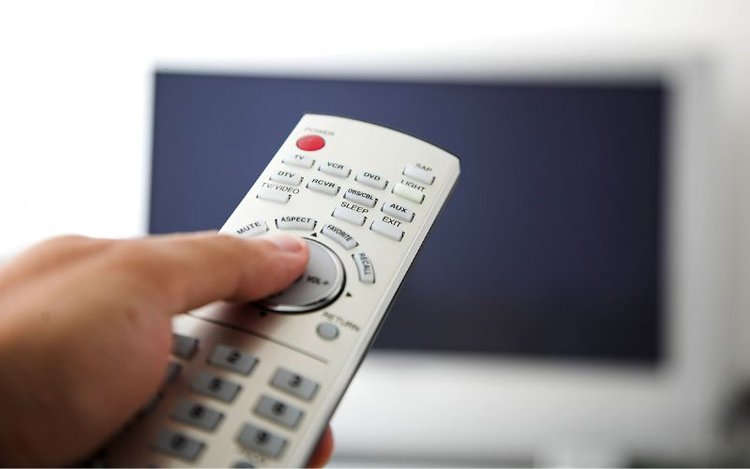
At times, the TV remote could be the reason behind the erratic TV audio behavior.
The volume buttons may not be working correctly—for instance, a stuck volume key could cause the volume to remain high even if the down key is pressed repeatedly.
To confirm the remote control is the root, change your TV’s volume using the manual volume control buttons or sync your cable TV or set-top box remote to your TV.
If the audio levels vary correctly or the audio sounds right for a particular volume setting, the remote is most likely the problem.
Solution: Change your TV remote if it’s broken.
Before that, change the batteries because, at times, damaged or depleted batteries could cause the remote to misbehave or send volume control signals incorrectly. Remove the old batteries, clean the battery compartment, and insert the new power cells.
Buy a replacement remote if it’s a stuck volume button issue you cannot fix.
2. “Automatic Volume” is Enabled
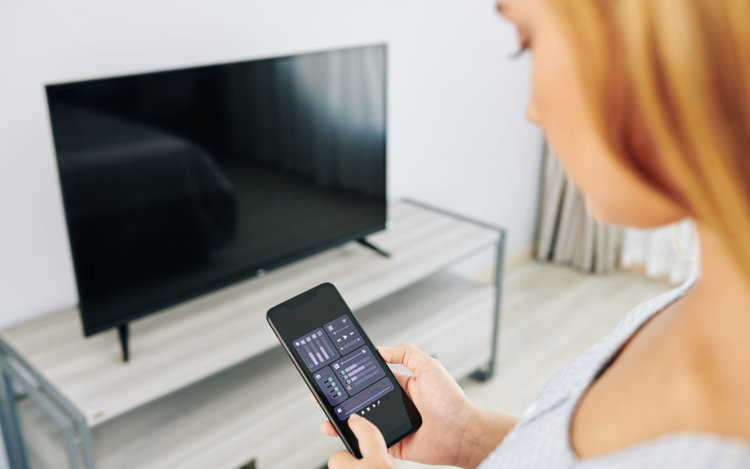
The “automatic volume” setting on a TV helps mitigate a dramatic increase or drop in TV speaker sound. Enabling the feature ensures that all content from different sources plays audio at the same intensity.
The setting, however, could also cause the volume to be too loud for a given audio intensity level. At times, it also enables your TV to sound too quiet for a particular volume setting.
Solution: Disable the “automatic volume level” option in your TV’s settings. Restart your TV to effect the change. At times, you may need a factory reset.
3. Damaged Volume Control Circuit

The volume control circuit lets you change your TV speaker system’s volume and turn the speaker off completely.
If it’s out of order, you can face audio issues with your TV, like the volume being too loud on the lowest setting.
Try cranking up and decreasing your TV’s volume to confirm that the volume control circuit is at fault. The volume control circuit is most likely fine if the audio levels go up and down correspondingly as they should.
But the control circuit is most likely at fault if the TV audio volume doesn’t change or increases and decreases erratically.
Solution: A damaged control circuit or one with a faulty encoder cannot be repaired. The only way out is a replacement, which a repair professional can help with.
4. TV Internal Wiring Problem(s)
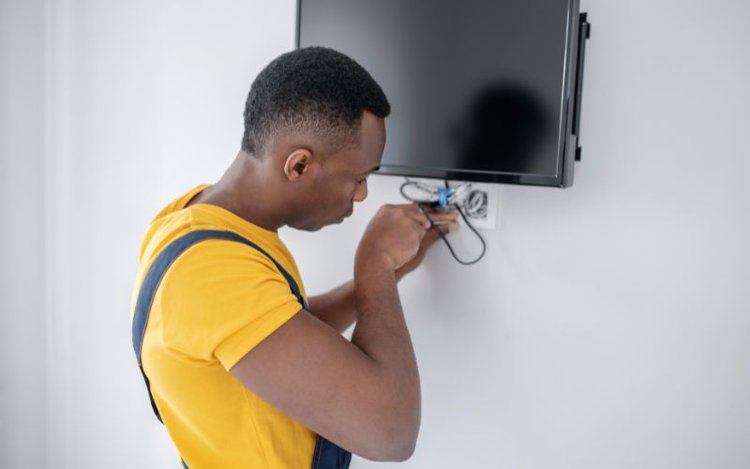
Since a TV has many wires under its hood, it’s quite plausible that the audio cable meant to communicate with the built-in speakers is not doing its job.
The cables could have got damaged; the connection may have gone loose or come off, for instance.
Solution: Setting your TV’s internal wiring right requires professional assistance.
The professional will inspect the damaged cables and replace the wiring if needed, tighten the loose connection and ensure the wire is connected at its two ends properly, ensure the cables have no power issues, etc.
If you’ve been inside your TV before and feel confident enough to assess the internal wiring situation yourself, go ahead and take a gander.
But know that disassembling your TV can void the warranty on your TV.
A Few Other Solutions
If the above solutions don’t work or there’s no genuine fault with your TV, the following measures may help restore the original audio setting.
1. Restart Your TV
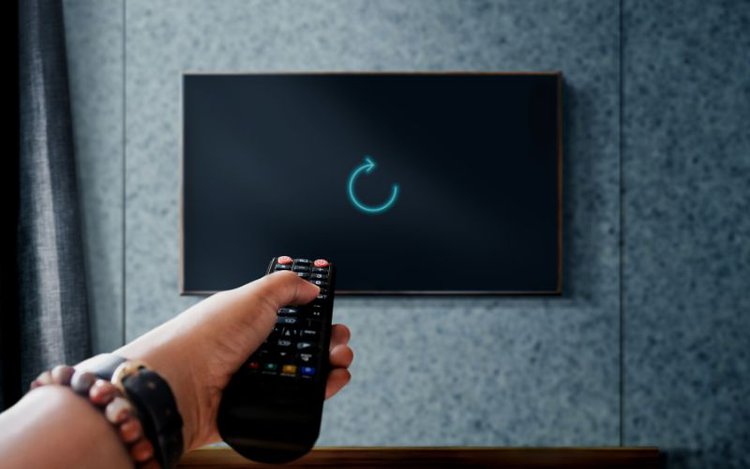
A simple restart can restore the normal functions of any electronic device. Therefore, before resorting to the above measures, turn off and on your TV to check if it helps.
Maybe a pending firmware update messed up the TV’s audio settings. Restarting the device will install all software updates and ensure the operating system is up to date.
At times, a restart may not automatically install all pending updates, so you’ll have to do them manually.
Inspect your TV further and implement the solutions only if restarting the device doesn’t resolve the audio problem.
2. Use External Speakers

If a restart and the above fixes don’t work and you’re not looking to buy a new television to skirt the audio issue, use external speakers or soundbars to your benefit.
Third-party speakers have dedicated volume controls and sound much better than built-in TV speakers.
If you’re looking for recommendations, the Sony HT-A7000 is an excellent soundbar for TVs. Samsung fans can consider the Samsung HW-T450 .
If budget is a concern and you want a speaker set that isn’t a “soundbar,” the Polk Audio T15 Bookshelf Speaker is a solid choice. The Polk Monitor XT15 is a bookshelf speaker with Atmos support.
The Klipsch R-51PM is a powered Bluetooth speaker. Its bookshelf form factor and certain features suited for a TV make it better than other wireless speakers.
Conclusion
TV audio being too loud at the volume setting just above mute is not a rare concern.
When that occurs, the cause is usually inherent to the TV—the internal wiring or circuit could have issues, or the TV’s software settings may be incorrect.
Sometimes, an external device like the remote could be a problem. If the issue is external to the TV, rectifying it is easier. But if the problem lies inside the TV, things get pretty complex.
Some folks tape the TV’s speaker grille to lower the sound output as a stopgap measure.
We don’t recommend that since it not only spoils the TV’s looks but the audio coming out of the tape sounds muffled as well, hampering the overall audio experience considerably in the process.
Catherine Tramell has been covering technology as a freelance writer for over a decade. She has been writing for Pointer Clicker for over a year, further expanding her expertise as a tech columnist. Catherine likes spending time with her family and friends and her pastimes are reading books and news articles.

